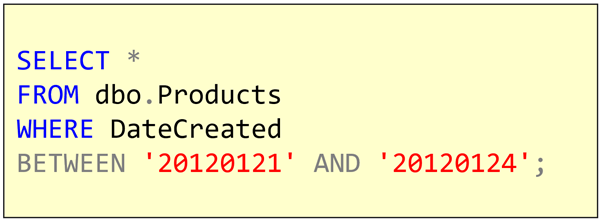SQL: Create zombies (rows that won't die) in SQL Server by using INSTEAD OF triggers
I’ve seen a number of interesting discussions lately around how to handle deletes in database tables. One discussion in Stack Overflow had a variety of suggestions.
One easy option in SQL Server 2016 and later is to use temporal tables as they’ll keep the history for you. But there are a number of reasons why they might not be suitable.
Sometimes, you just want to stop rows being deleted, and to set an IsDeleted flag instead. If you don’t want to depend upon the application doing that for you, the easiest way to accomplish that is to use INSTEAD OF triggers.
2019-07-04

